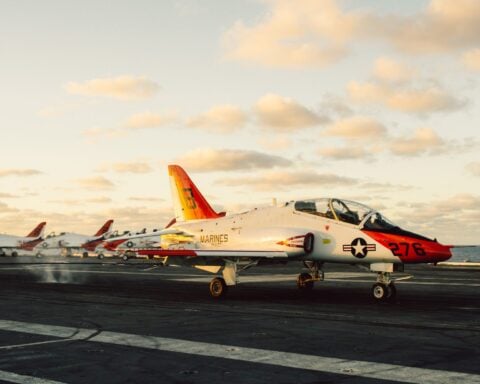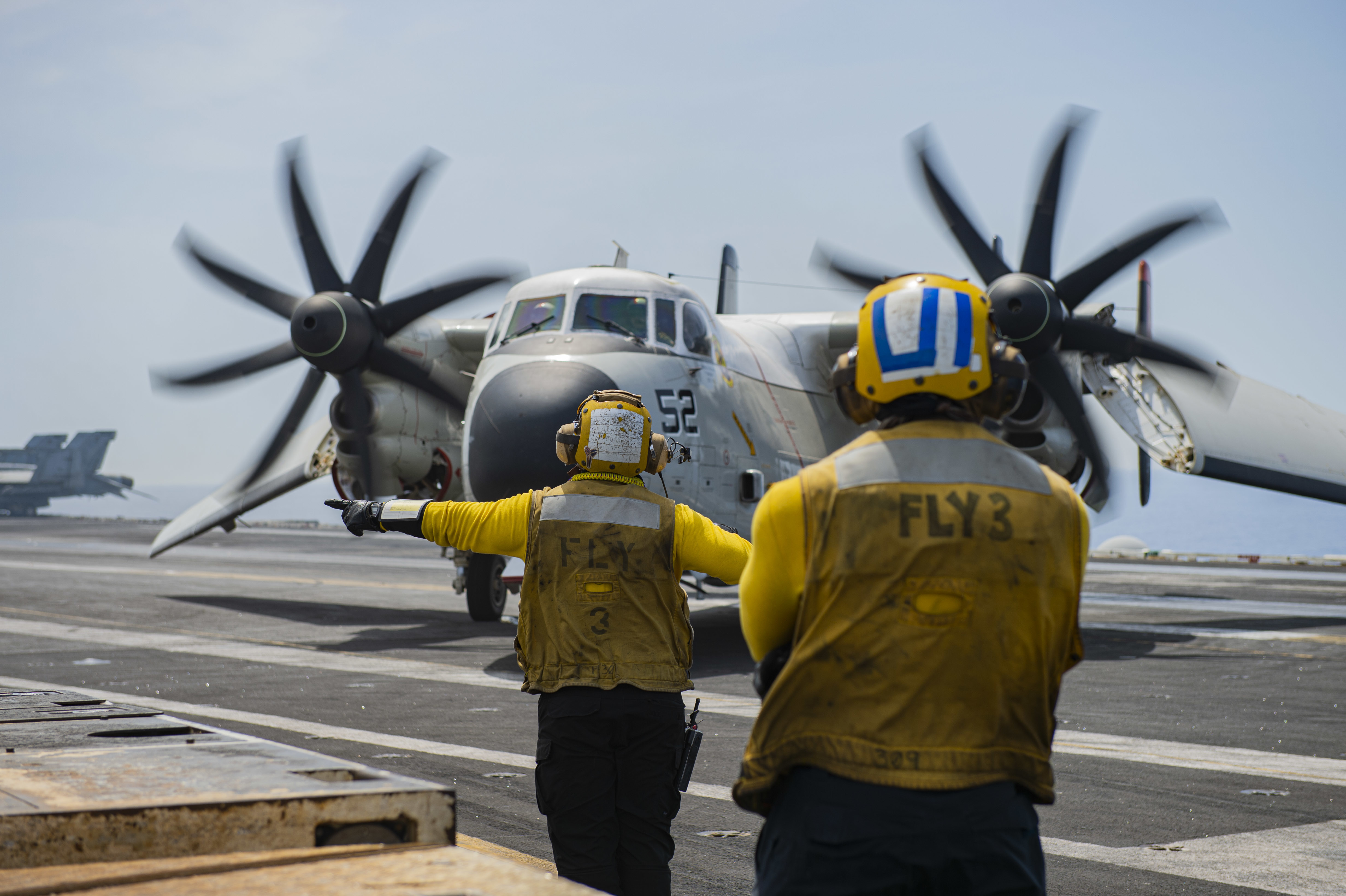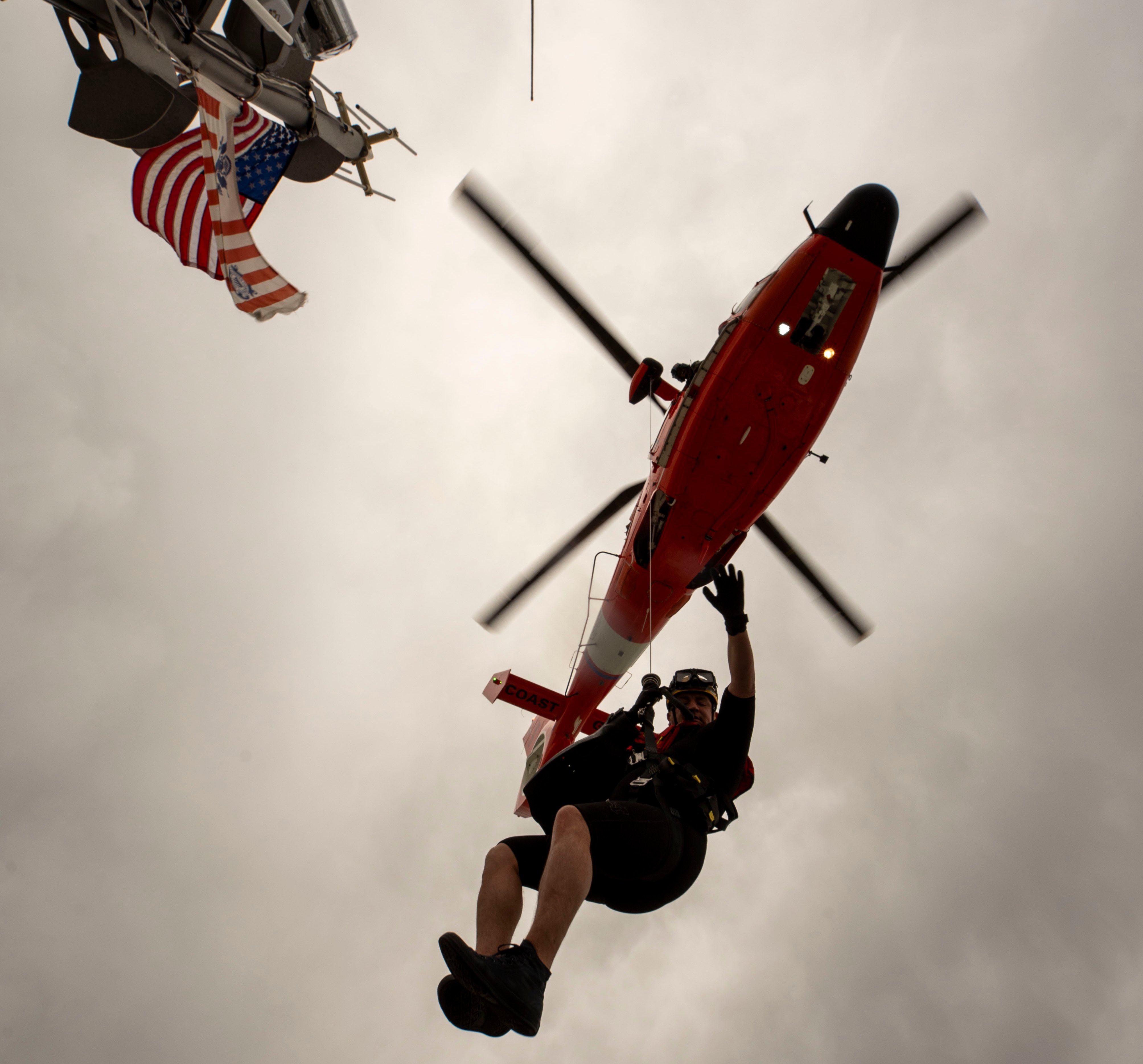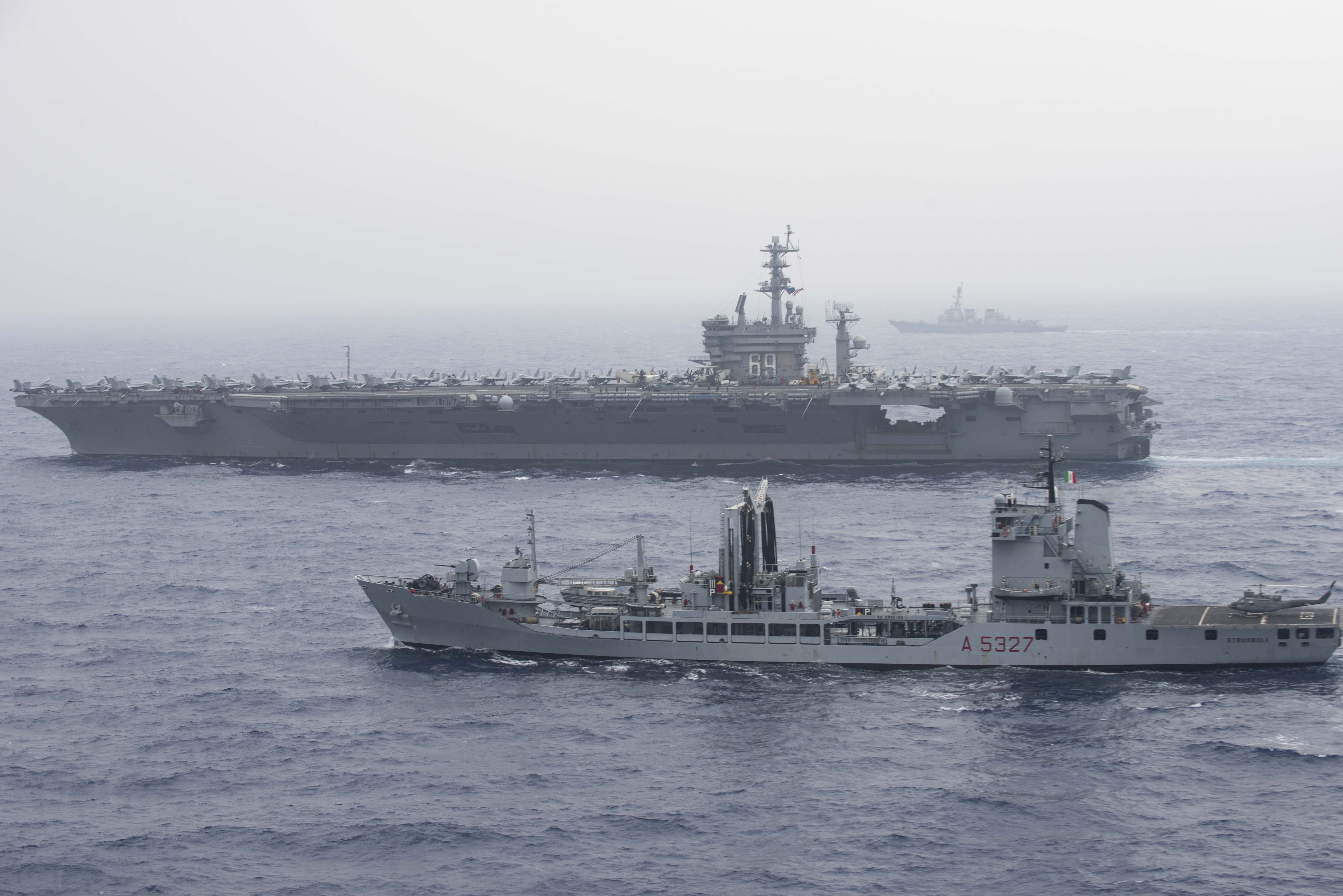
PEARL HARBOR, HAWAII — The Navy’s Great Green Fleet initiative is highlighting the connection between environmental stewardship and increased combat capability at RIMPAC 2016, and top Navy leadership hopes its foreign partners will find technologies and practices to adapt in their own militaries.
Under Secretary of the Navy Janine Davidson said “environmental stewardship is key for this year’s themes and for the entire exercise. Our Great Green Fleet, this year-long initiative, is playing a major role in RIMPAC 2016 through the use of an energy conservation measures and alternative fuel blends. Now all this means we can go farther, stay out longer and deliver more fire power, so it’s all about combat effectiveness.”
To highlight Great Green Fleet capabilities, American oilers will refuel ships from eight nations during the exercise, showing off the ability to use the drop-in fuel blends with no alterations to the ships’ systems needed.
#GreatGreenFleet playing major role in #RIMPAC2016. Allows us to go farther, stay longer and deliver more firepower.
— Dr. Janine Davidson (@USNavyUnderSec) July 19, 2016
Davidson called this a “critical combat multiplier and told a small group of reporters today that “I envision many of our partners doing the same thing. … We’re having them use the alternative fuels, and so you can just see the sharing of information” about green energy in a military context.
Dennis McGinn, Assistant Secretary of the Navy for Energy, Installations and Environment, said at the same media event that his goal is to show that “energy is such an essential part of maritime operations.” He planned to fly to a South Korean ship later in the day to watch a refueling with American biofuel.
McGinn, a retired vice admiral who served as U.S. 3rd Fleet commander and led RIMPAC in 2000, said these green measures should be considered a new normal.
The Navy also uses technologies like a hybrid electric drive on USS America (LHA-6) that consumes nearly half as much fuel, and stern flaps and bulbous bows that reduce drag and lower fuel consumption.
Though the Navy is showing these technologies off to partners, “the culture is really what’s taking place here in this interaction of relationship building, the comparing of best practices. Regardless of what technology level you have, how you use it can make a difference about how much energy you need to expend to do a mission.”
He said he hopes this exercise will promote “valuing energy as an essential part of our mission capability.”
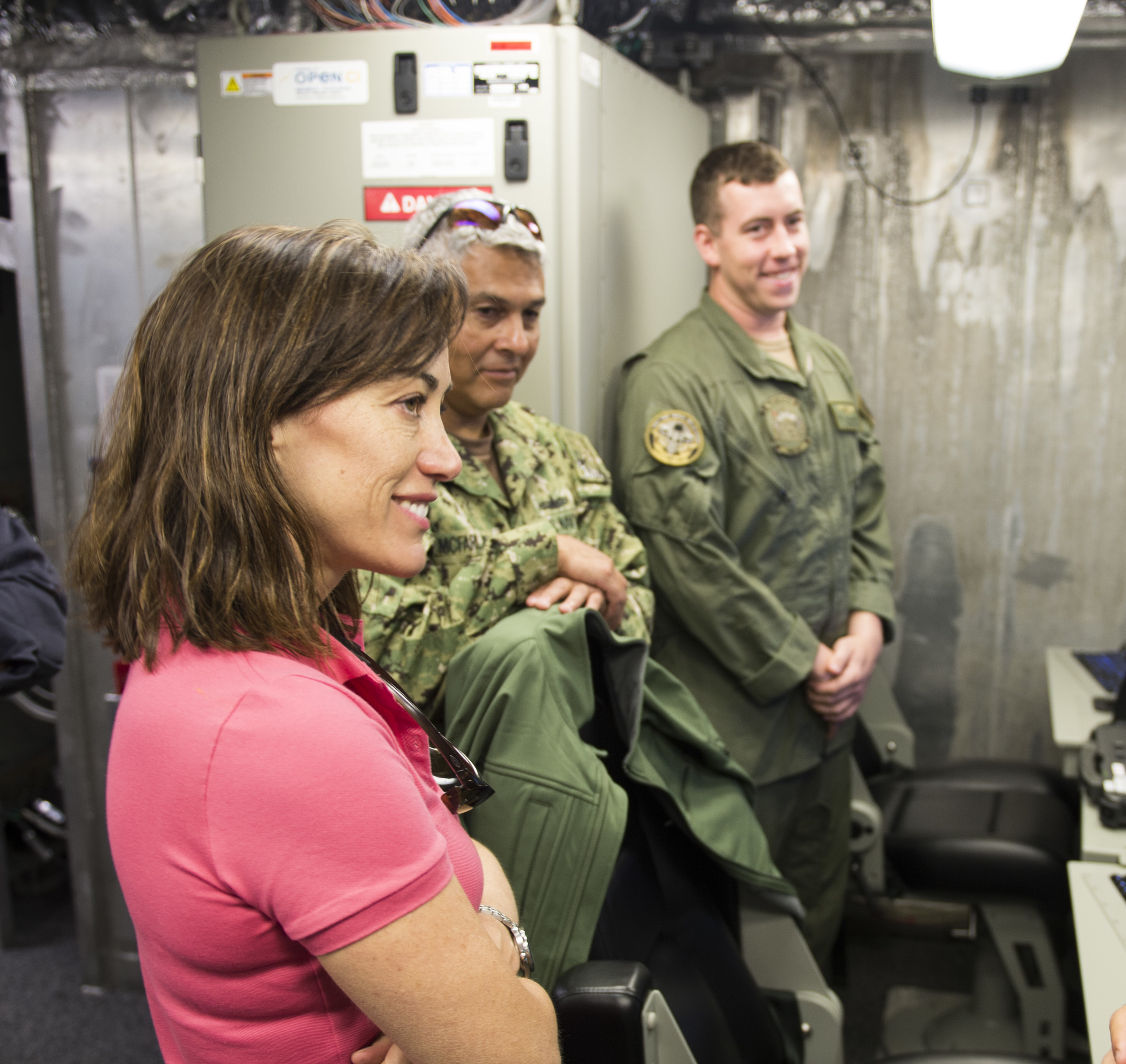
Davidson noted that when the America’s hybrid electric drive reduces the dependence on fuel, not only can the ship stay on station longer without meeting an oiler for refueling at sea, it also saves money for other priorities.
“There are people who will want it to go into modernization, there are readiness issues,” she said, “so all of those things will be saving the taxpayers money and enhancing our ability to get ships on the water and planes in the air.”


